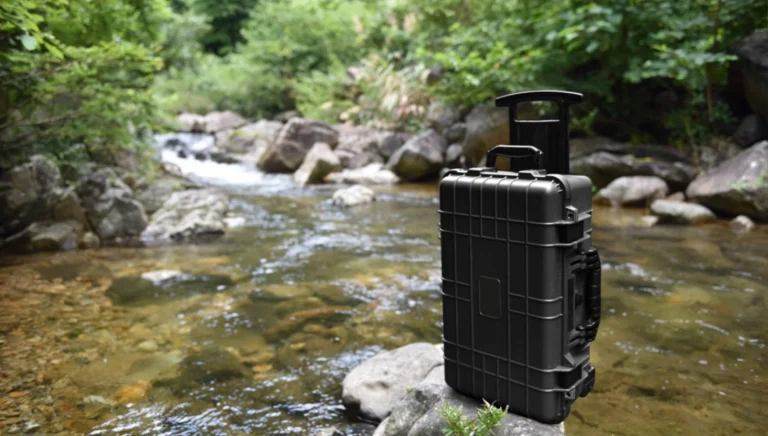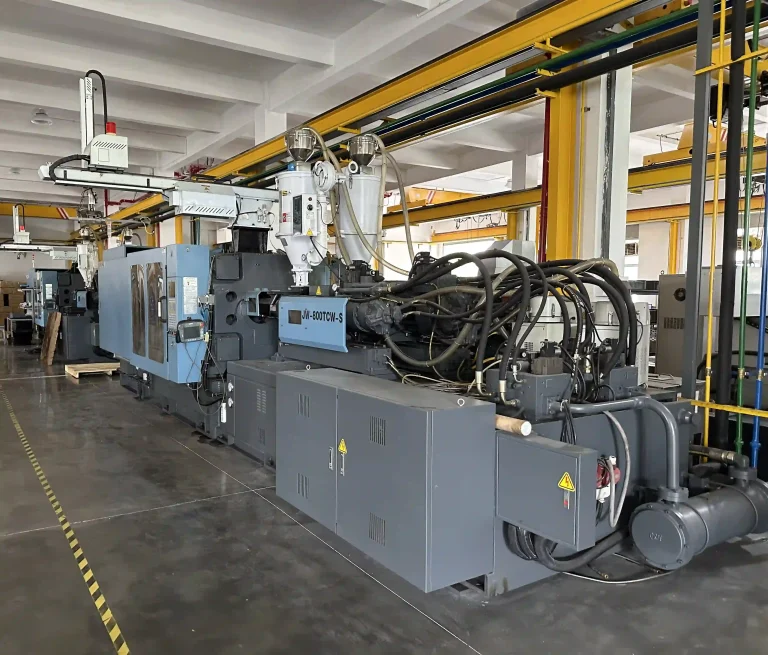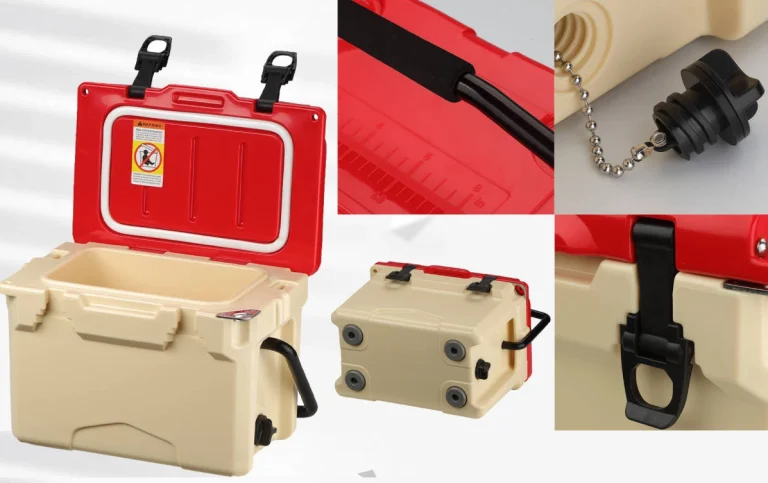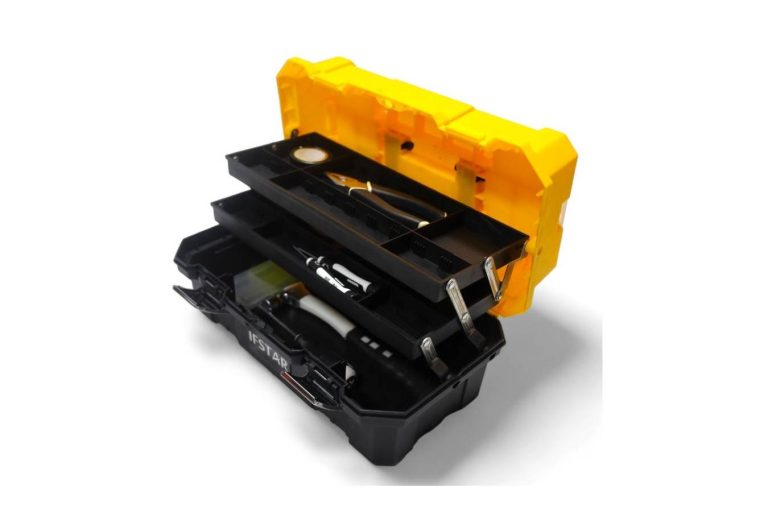If you’re hauling delicate electronic gear, you need something tough, easy to lug around, and that’ll hold up over time. For folks in IT, broadcasting, or defense, plastic rack cases are a solid bet. They keep 19-inch rack-mounted gear—like servers, audio equipment, or radios—safe and sound. Whether you’re moving stuff between offices, shipping it across the globe, or setting up out in the wild, these cases have your back. The real question is: standard plastic rack case or shock-mounted plastic rack case? Figuring out what makes them different helps you choose smart without blowing your budget.
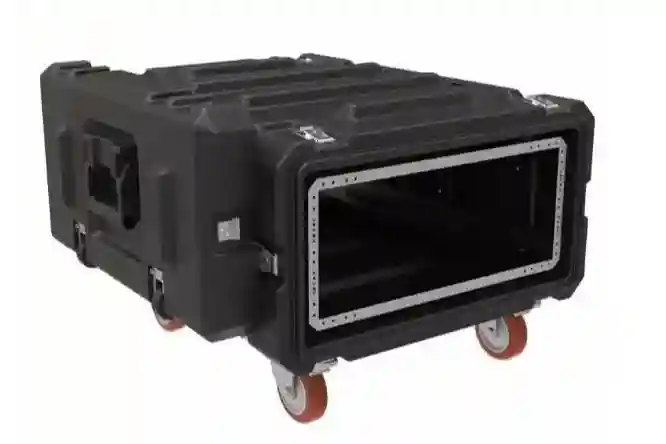
What They’re Made Of and How They Measure Up
Plastics They Use
Companies usually build these cases with three kinds of plastic: ABS, polycarbonate, or rotomolded polyethylene. ABS is tough as nails, handles bumps well, and doesn’t cost an arm and a leg. It’s the go-to for basic cases. Polycarbonate is stronger and see-through, great when you need something rock-solid. But it’s spendy, so it’s not always the pick for tight wallets. Rotomolded polyethylene? It’s got smooth walls and even thickness. That makes it mega sturdy and awesome at soaking up shocks—perfect for gear that’s always on the move in rough spots.
Passing Tough Tests
It’s not just about the plastic being strong. A lot of these cases are made to ace tests like MIL-STD-810. That checks if they can handle shakes, drops, dust, wet conditions, or crazy hot or cold weather. Some also have IP ratings to prove they block water and tiny bits of grit. These tests mean your gear stays safe, whether it’s chilling in an office or braving deserts, jungles, or long shipping hauls.
Standard Plastic Rack Cases
What You Get
Standard rack cases have 19-inch rails inside. You just bolt your gear right in. They’re simple to use, nice and compact, and super easy to carry. Being lightweight, they’re a cinch to stack or ship. These lightweight plastic rack cases are awesome for places like data centers, studios, or offices where your stuff doesn’t get tossed around much.
The Upsides and Downsides
The best part? They’re wallet-friendly. You save cash buying them and shipping them since they’re so light. They’re perfect for gear that’s already pretty tough or when you’re careful about how it’s moved. The catch? They’re not great at handling shocks. Drop one or shake it too much, and fragile stuff inside might break. If you’re moving delicate gear, you could end up with repair bills, downtime, or new parts to buy.
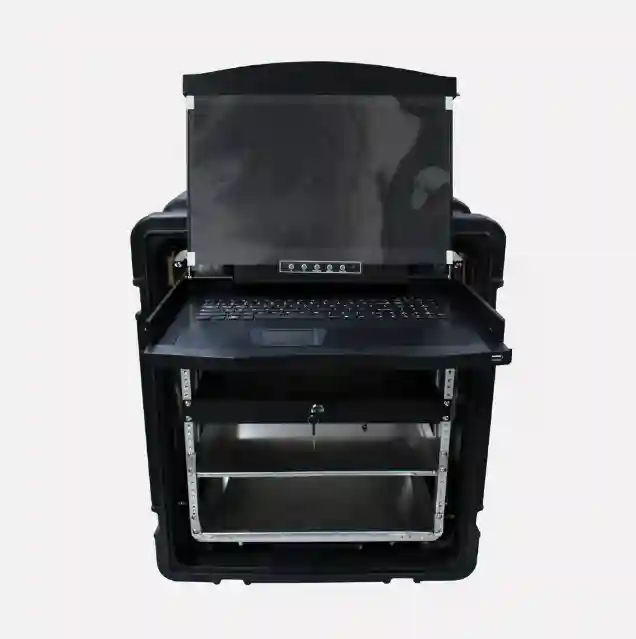
Shock-Mounted Plastic Rack Cases
How They Keep Stuff Safe
Shock-mounted cases are a whole different beast. They’ve got an inner frame that floats on rubber pads or springs. This setup acts like a shield, keeping your gear safe from bumps and rattles. If the case gets dropped, the outer shell takes the hit. The suspension makes sure the shock doesn’t mess with your equipment.
Why They Rock for Fragile Gear
These cases are a godsend for delicate stuff like high-end servers, lab gadgets, or military radios. They’re a hit in jobs where gear gets hauled over rough roads, tossed onto planes, or handled like it’s nobody’s business. Yeah, they’re bulkier and pricier, but they’re worth it. You don’t have to stress about fixing broken gear or losing time when your stuff needs to work no matter what.
Standard vs. Shock-Mounted: A Quick Peek
Take a look at the table below:
| Feature | Standard Case | Shock-Mounted Case |
|---|---|---|
| Shock Protection | Basic resistance | Advanced isolation with floating frame |
| Weight | Lightweight and compact | Heavier, larger footprint |
| Cost | Lower purchase and shipping cost | Higher purchase price |
| Equipment Suitability | Rugged or less sensitive equipment | Fragile, mission-critical equipment |
| Typical Applications | Server rooms, controlled logistics | Broadcast, defense, field research |
It lays out the differences side by side. Standard cases are cheap and simple. Shock-mounted ones cost more and take up more space but keep your gear way safer.
Cost and Why It Pays Off
Don’t just focus on the price tag. Standard cases are kind to your budget and cheap to ship since they’re light. That’s great if you’re pinching pennies. But if your gear gets banged up on the move, fixing it or dealing with downtime can cost way more than what you saved. Shock-mounted cases with support hit your wallet harder at first. But they save you big over time. They make your gear last longer, cut the odds of losing data, and keep everything running like a dream. In some jobs, they even lower insurance costs. If your work can’t afford gear failing, the extra upfront cost is a no-brainer.
A Real-Life Example: Broadcasting on the Go
A broadcasting company in Europe learned this the hard way. They started with standard rack cases to move servers and audio gear between studios and event sites. In the studio, those cases were fine. But at a huge sports event, truck vibrations and rough handling caused glitches. That meant delayed broadcasts and some crazy expensive emergency repairs.
So, they switched to shock-mounted cases. Boom—huge difference. Their gear showed up working like a charm. Setup was faster. Downtime dropped by 80 percent. Sure, the shock-mounted cases were heavier and cost more upfront. But the company got their money back in just a few months by dodging repairs and keeping broadcasts on air. This lesson applies to tons of industries: if you’re moving gear a lot, shock-mounted cases can save your bacon.

Both standard and shock-mounted plastic rack cases have their spot. Standard ones are light, cheap, and great for tough gear in calm places. Shock-mounted cases are bigger and cost more but give unbeatable protection for fragile stuff in rough settings. It’s all about balancing your budget with the risks. By teaming up with suppliers like IFSTAR, you can get either kind of case customized to fit your needs. That keeps your valuable gear safe, working, and ready to roll anywhere.
FAQ
Q: Are plastic rack cases as strong as metal ones?
A: You bet. Plastics like ABS and rotomolded polyethylene can take a beating and stay solid. They don’t rust and are way lighter than metal, so moving them is easier while still protecting your stuff.
Q: When do you really need a shock-mounted case?
A: Grab a shock-mounted case if your gear is delicate, super critical, or gets moved in rough conditions. Think drops, shakes, or tough handling—stuff you see in defense, broadcasting, or field work. These cases are a total game-changer.
Q: Can plastic rack cases handle crazy weather or environments?
A: Lots of them pass MIL-STD-810 tests for heat, cold, humidity, dust, and shocks. Check for IP ratings to make sure they block water and grit. With the right specs, they’re champs in tough outdoor spots.
Q: What custom stuff do people usually want?
A: People often ask for foam inserts to keep gear snug, custom colors to spot their cases fast, or extras like locks, wheels, or cooling fans. These make cases easier to use and let your brand stand out.

